Flowering Succulents 101: Care Tips and Stunning Varieties for Every Plant Lover
Get ready to discover a whole new side of succulents! Did you know that some succulents have beautiful flowers? It’s true! Succulents are loved for being low-maintenance and tough, but flowering succulents take it to a whole new level. They are not only easy to care for but also add a burst of color to your home or garden. In this blog, we’ll introduce you to the most stunning flowering succulent plants out there and give you some tips on how to take care of them. It’s time to bring some blooming beauty into your life!
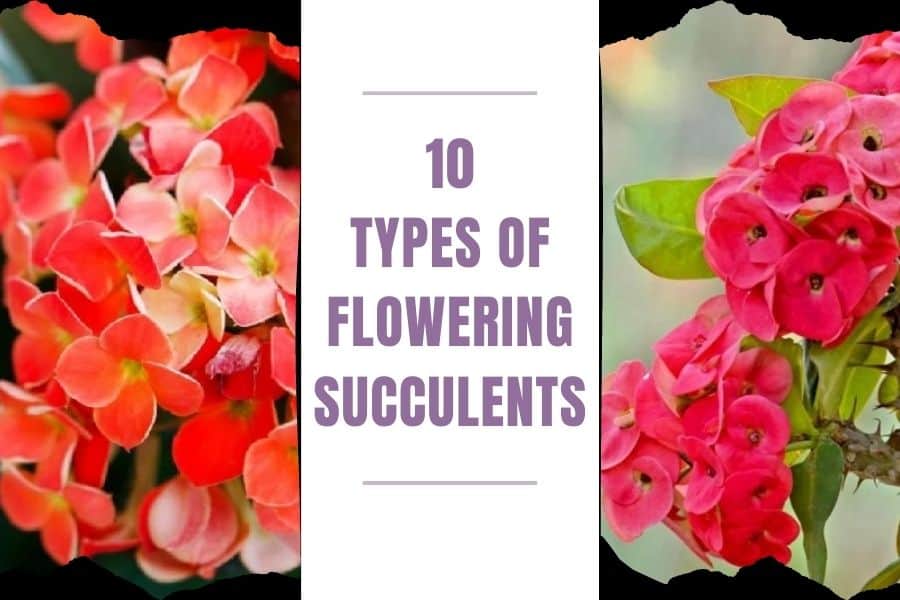
Contents
Types of Flowering Succulents
Let’s dive into the world of blooming succulents! These five indoor plants will surely catch your eye:
- Flaming Katy: Known for its bright red flowers, this succulent is a real showstopper. If you prefer something more subtle, there are other Kalanchoe species with pink, white, or yellow flowers.
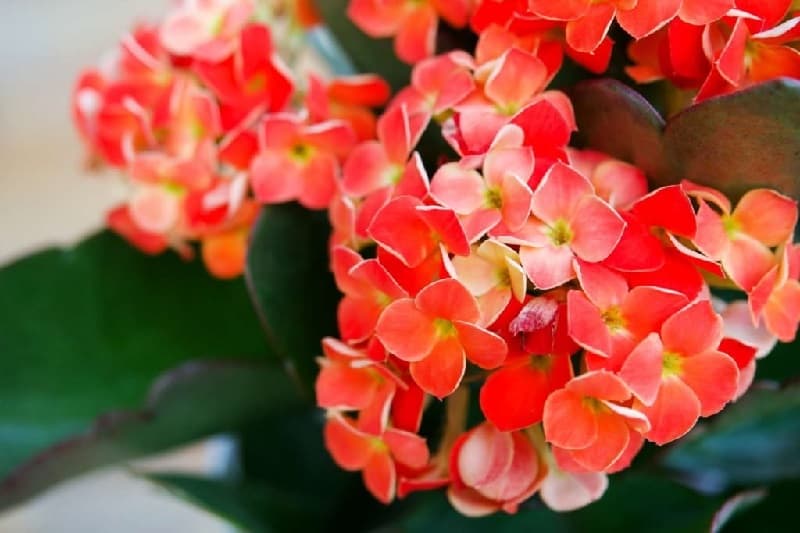
- Lipstick Echeveria: This robust succulent surprises many with its small flowers in shades of pink to yellowish-orange-red. Keep an eye out for its charming blooms from March to June.
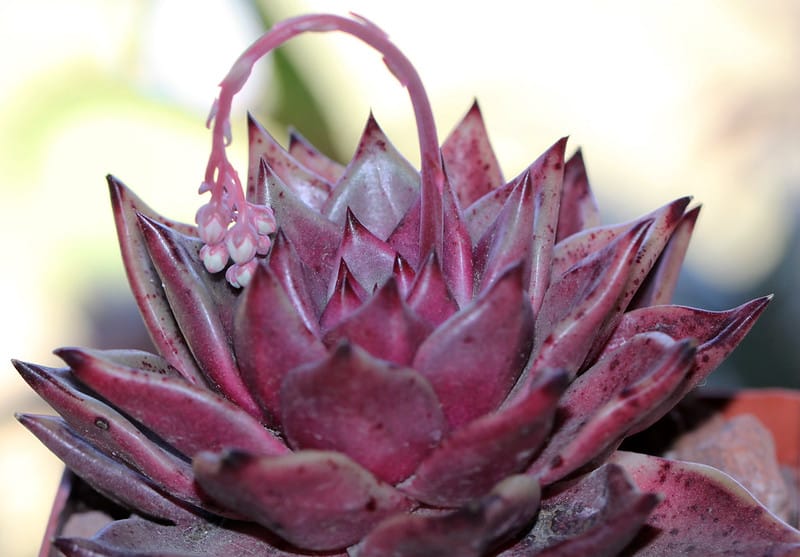
- Desert Rose: With its unique shapes and beautiful pink flowers, the desert rose is a real gem among flowering succulent plants. You can also find it in white, red, or dark purple.
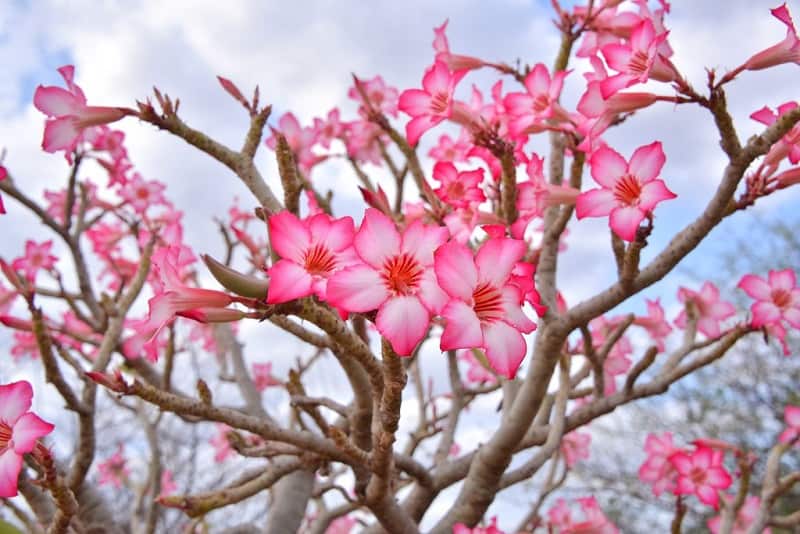
- Crown of Thorns: Admired for its decorative bracts in red, pink, or white, this succulent adds a touch of beauty to any space. Although its small yellowish flowers may seem inconspicuous, they complement the vibrant bracts perfectly.
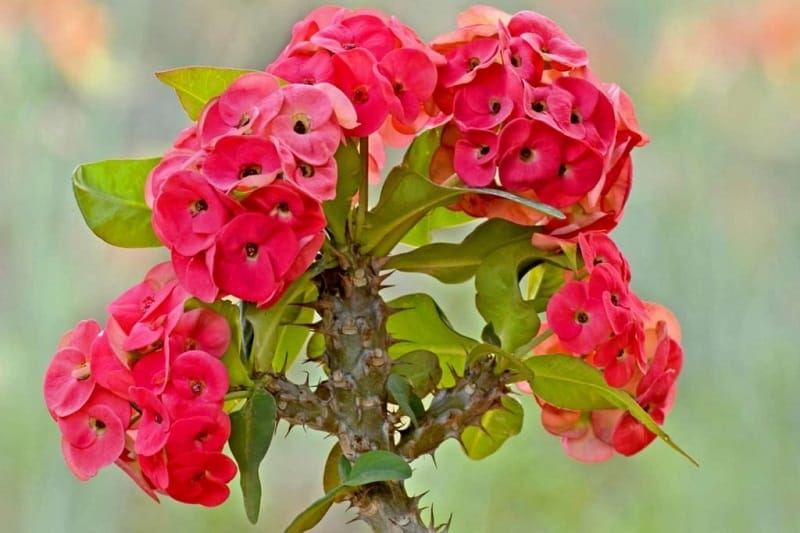
- Marble Buttons: This unusual succulent with a round, gray or light green body surprises everyone when it blooms. Its single orange-yellow flower opens at night, giving off a pleasant aroma reminiscent of carnations.
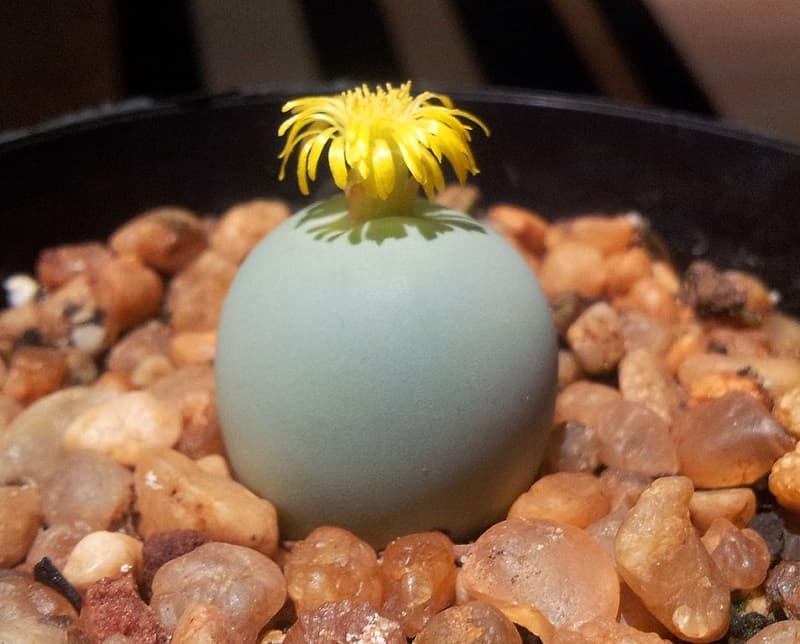
Flowering succulents aren’t just for indoors. Check out these five hardy plants that can thrive in your garden:
- Goldmoss Stonecrop: Known for its bright yellow flowers, this succulent will enchant you from June to July. It’s perfect for sunny and dry locations like rock gardens.
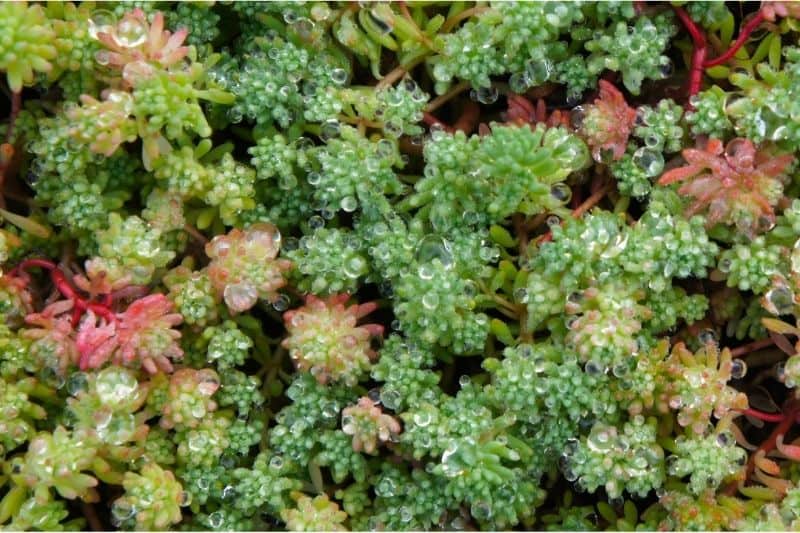
- Adam’s Needle: This hardy succulent gets its name from its tall flower stems that can reach up to two meters. In midsummer, it blooms with beautiful white bell blossoms.
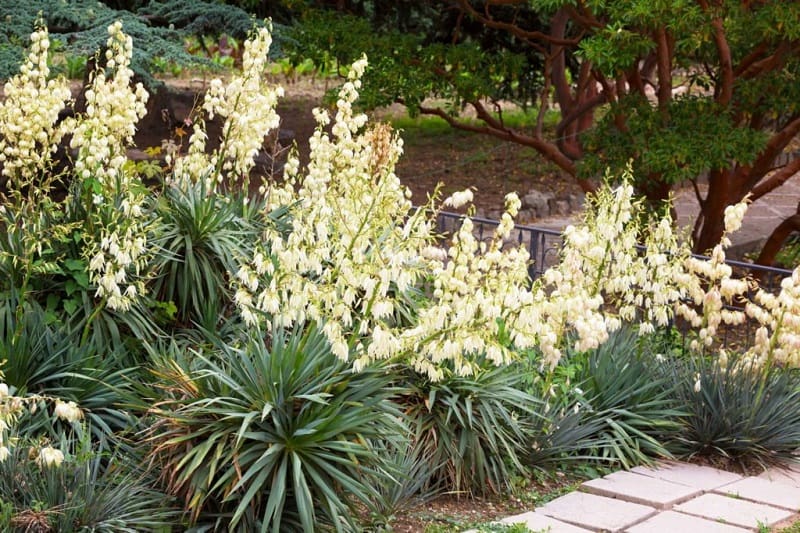
- Ice Plant: While many midday flower species are not suitable for the garden, there are hardy varieties like ‘Gold Nugget’ or ‘Fire Spinner’ that can bring their orange-pink flowers to your outdoor space.
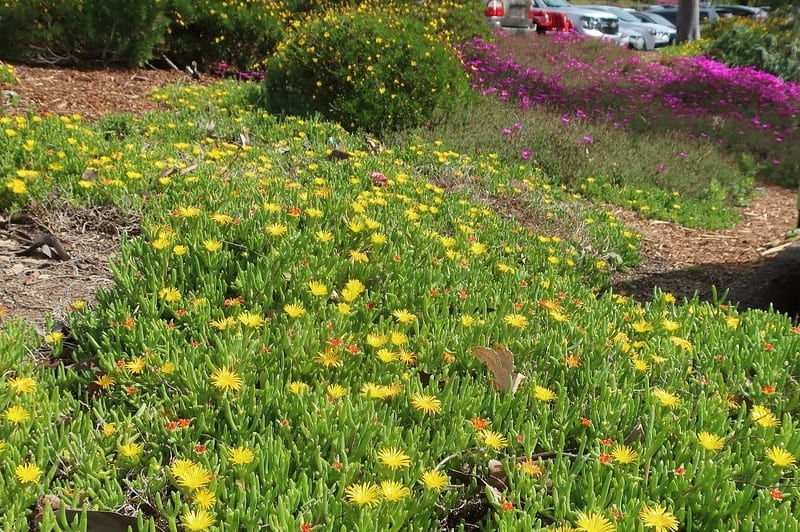
- Houseleek: A classic succulent found in many gardens, houseleek impresses with its persistent nature and decorative leaf rosettes. Some species, like the mountain houseleek, have striking red flowers, while others, like the large-flowered houseleek, feature yellow or white blooms.
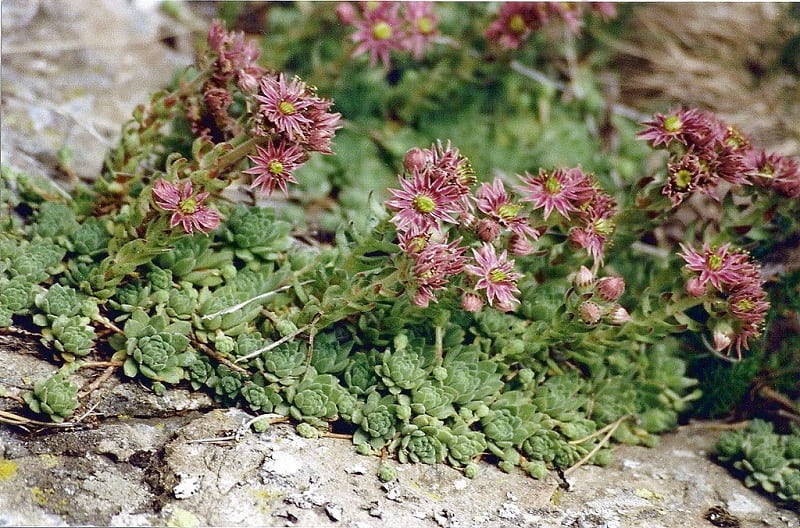
- White Stonecrop: From June to August, this succulent will capture your attention with its magical white flowers. Bees and butterflies are also attracted to this robust and hardy plant.
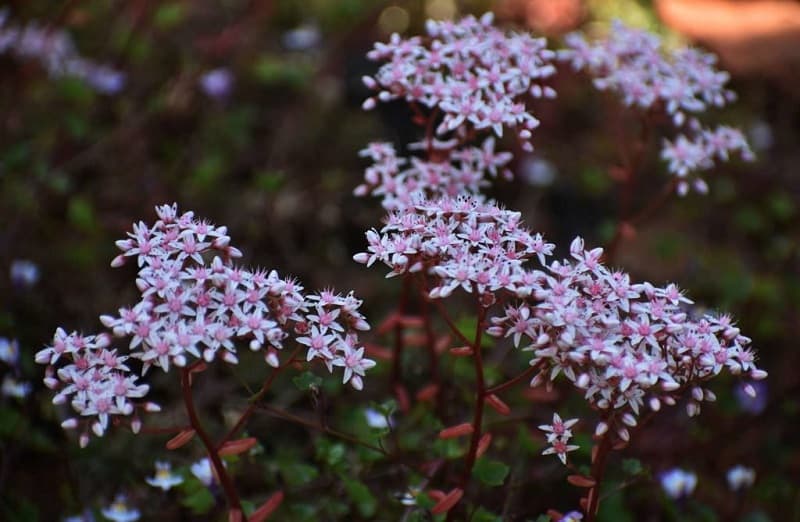
Do All Succulents Flower?
While some succulents do produce beautiful flowers, not all of them do. Some succulents are grown for their leaves or unique shapes, rather than their blooms. Additionally, certain succulents may require specific conditions or triggers to encourage flowering.
However, there are plenty of succulents known for their stunning blossoms, and they are definitely worth the wait. If you’re interested in growing flowering succulent plants, it’s a good idea to research the specific species you’re interested in to learn about their blooming requirements and conditions.
When Do Succulents Bloom?
Succulents can bloom at different times of the year depending on their species and growing conditions. Generally, most succulents bloom in the spring and summer when the temperatures are warmer and there is more sunlight. However, there are also succulents that bloom in the fall and winter months.
Here are some common succulents that bloom in the spring and summer:
- Echeveria
- Sedum
- Crassula
- Kalanchoe
And here are a few succulents that bloom in the fall and winter:
- Christmas cactus (Schlumbergera)
- Thanksgiving cactus (Schlumbergera truncata)
- Hoya
- Kalanchoe blossfeldiana
Trimming Dead Blooms on Flowering Succulents
Once the flowers on your succulent have withered, you may wonder if it’s necessary to remove the dead blooms. The answer isn’t always straightforward. Generally, you shouldn’t remove the dead blooms immediately, as the plant can still recover some nutrients and substances from them.
As the flower stalk dries up and becomes brittle, the flowers often fall off naturally or can be carefully cut off with a knife. However, as the flowers fade, there is a higher risk of them rotting. If this happens or if you simply don’t like the withered parts of the plant, you can remove them with a clean, sharp knife without harming the plant.
Caring for Flowering Succulents
To encourage your succulent to bloom, it needs ideal conditions and proper care. Luckily, this doesn’t require much time and effort if you follow a few basic rules. The right soil is crucial for succulents as it provides a foundation for their growth.
Succulents have specific requirements. The soil should be loose and well-draining since succulents are sensitive to waterlogging, especially when they are in bloom. Additionally, the soil needs to meet the nutrient requirements of the plants. Using specialized cactus and succulent soils can provide the optimal conditions.
With the right soil in place, flowering succulents require minimal attention. They thrive in bright areas with low humidity and only need to be watered when their soil is completely dry. During the growing season, you can support their growth with a small amount of cactus and succulent fertilizer every three weeks, depending on the species.
One distinct characteristic of flowering succulents is their dormancy period. While many succulents continue to grow steadily without specific winter care, flowering succulents often benefit from a winter rest period. From November to February, it’s recommended to move these succulents to a bright room with temperatures between 54 and 59°F. During this time, they require less water and fertilization. After their resting phase, they will often bloom more beautifully.
Encouraging Blooming in Succulents
Getting succulents to bloom can be a bit tricky, but here’s a tip to help you out. Lowering the temperature can stimulate blooming in cacti and other indoor succulents.
Here’s what you can do with your indoor succulents:
- From November to February, move your succulents from heated rooms to a bright, sunny location with temperatures around 12 to 15 degrees Celsius.
- Alternatively, you can lower the nighttime temperatures by about 5 degrees in your living area during winter.
- Water your succulents enough to prevent the root ball from drying out.
- Avoid fertilizing them from October or November to February or March.
By creating a cooler environment and adjusting your care routine, you can encourage your succulents to bloom when the next flowering season arrives. It’s also beneficial to give your cacti, thick-leaf plants, and other succulents some fresh air on a sunny balcony during the summer. After they have acclimated to partially shaded conditions for about 8 days, direct sunlight will promote blooming.
Pro Tip:
For winter-blooming succulents like the popular poinsettia (Euphorbia pulcherrima), you can stimulate blooms by placing them in a cool location at 59 to 63 degrees Fahrenheit for 4 to 6 weeks in spring. Afterward, repot the plant in fresh soil and keep it in a sunny windowsill at 68 to 75 degrees Fahrenheit to enjoy its magical blooms during the coming Advent season.
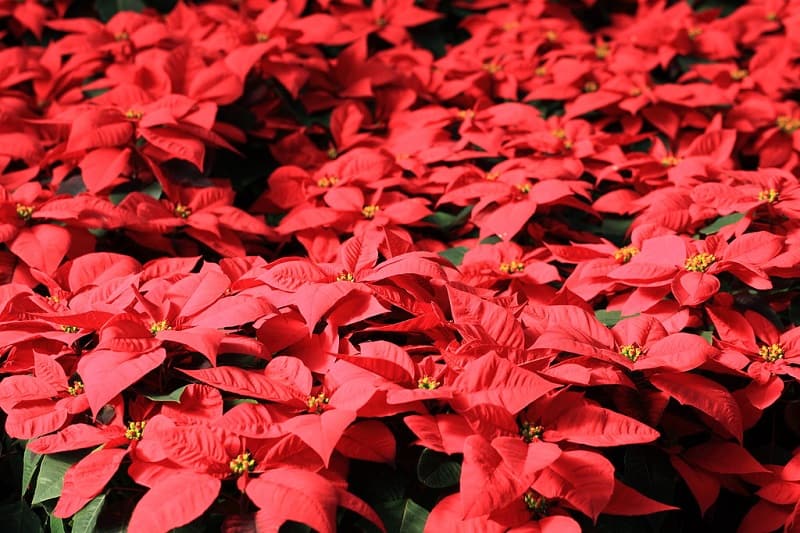
What To Do With The Succulent Flower Stalk
One common question among succulent enthusiasts is what to do with the flower stalk once the blooms have wilted. Unless you plan to save the seeds for propagation, you can easily cut the stem close to the base and let the plant focus its energy on its leaves.
To avoid damaging the plant, use clean, disinfected scissors or a knife when cutting the stems. Take care not to accidentally cut or damage any leaves, as these marks will remain on the plant permanently.
Once you have enjoyed the spectacle that succulents bloom provides and the flowers begin to wilt and the stems dry out, unless you are thinking of saving their seeds for propagation next year, you can easiZ to avoid possible infections.
Do Succulents Die After Blooming?
If your succulent plant dies shortly after blooming, it may be a monocarpic succulent. Monocarpic succulents bloom only once in their lifetime and then die. Some species of Agave, Sempervivum, Aeonium, Kalanchoe, Crassula, and Echeveria fall into this category.
However, keep in mind that monocarpic succulents may take years before they bloom. Once they do, it’s the energy and resources they put into producing fruit and seeds that cause their eventual demise, rather than the flower itself. This is a common reproductive strategy among certain plant species, both succulents and non-succulents.
For example, century plants (agave) and yuccas bloom after 8-10 to 20-60 years or more before dying. The good news is that monocarpic succulents leave offsets in the ground, ensuring the next generation continues the plant’s legacy.
You can choose to replant the offsets and continue the life cycle of the original plant or leave them near the mother plant until it completely dries out, benefiting from all the energy it provides.
Now you’re armed with knowledge on succulent blooming, caring for flower stalks, and even the interesting phenomenon of monocarpic succulents. It’s time to bring out the blooming beauty in your succulent collection!
